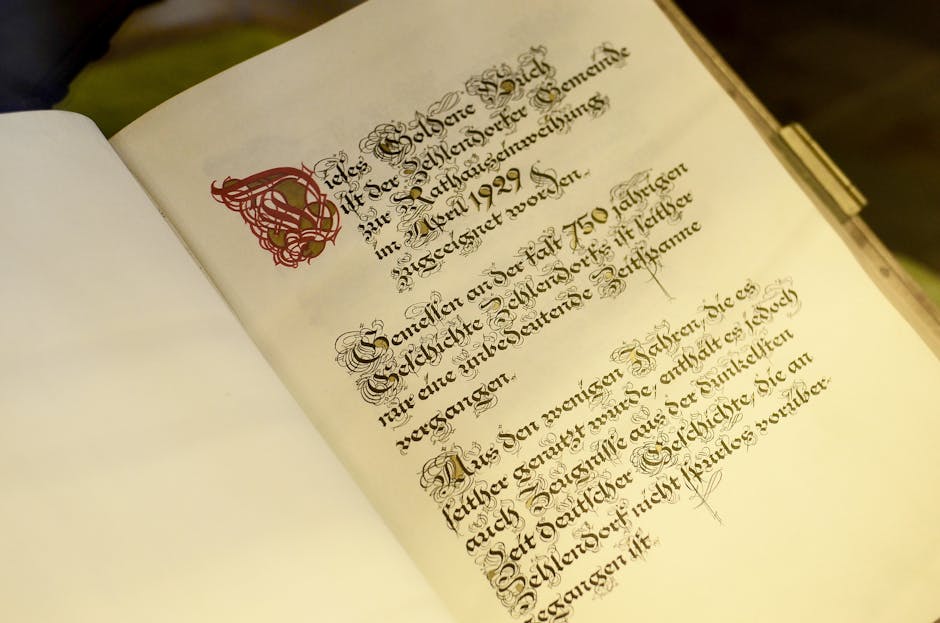In the high-stakes theatre of modern football, few stories resemble a Shakespearean tragedy more than the first, explosive breakup between Brendan Rodgers and Celtic Football Club. It wasn’t just a manager leaving for a new job; it was a bitter divorce, a savage separation born from an irretrievable breakdown in a relationship that once promised eternal glory.
The Invincible Honeymoon
It began as the perfect romance. In the summer of 2016, Rodgers arrived in Glasgow’s East End as a messianic figure. He was the high-profile, Premier League manager who “got” Celtic. He spoke of the club’s soul, its history, and its fans. The honeymoon period was spectacular, culminating in the historic “Invincibles” season – an entire domestic campaign without a single defeat. Trophies piled up, records tumbled, and the Northern Irishman was hailed as a king. The bond between manager, players, and supporters seemed unbreakable.
Cracks Appear: A Clash of Vision
But beneath the surface of domestic dominance, the cracks began to spiderweb. The “irretrievable breakdown” wasn’t a single event but a slow corrosion of trust and ambition, primarily between Rodgers and the Celtic board, personified by then-chief executive Peter Lawwell. The conflict was simple: Rodgers, with his Premier League pedigree, wanted to push Celtic to the next level in Europe. This required significant investment in ready-made, top-tier talent. The board, however, remained committed to its more prudent, sustainable model: buy young, develop, and sell for a profit.
The friction became public during the summer of 2018. Rodgers openly voiced his frustration over transfer failings. The failure to secure targets like John McGinn, who went on to star for Aston Villa, was a particularly sore point. His press conferences, once filled with praise, became laced with pointed remarks about the need for more “quality.” He was a man managing a juggernaut in a domestic league but felt he was being given the tools for a much smaller vehicle on the European stage. The vision had diverged. Rodgers saw a ceiling that needed to be shattered; the board saw a business model that needed to be protected.
The Mid-Season Betrayal
This slow-burning breakdown led to the “savage separation” in February 2019. The timing was what turned betrayal into an unforgivable sin for the Celtic faithful. The club was on the verge of a historic “treble-treble” – nine consecutive domestic trophies. It was a chance at immortality. Yet, Rodgers walked out mid-season for what fans saw as a mid-table Premier League club, Leicester City.
The reaction was venomous and immediate. The man they had worshipped was now a pariah. Banners were unfurled at Celtic Park, the most infamous of which read: “You traded immortality for mediocrity. Never a Celt. Always a fraud.” He was no longer Brendan; he was a “snake,” a “rat.” The love didn’t just die; it was violently replaced by pure, unadulterated fury. The departure wasn’t seen as a career move but as a profound act of selfishness and disrespect—a desertion of his troops on the eve of their greatest victory.
A Legacy of Triumph and Treachery
The tale of Rodgers and Celtic is a cautionary one. It shows how even the most successful partnerships can crumble when fundamental visions misalign. The trophies from that era will forever sit in the Celtic Park cabinet, but for the fans who lived through it, their gleam will always be tarnished by the memory of the savage split that followed an irretrievable breakdown of faith. It was a love story that ended not with a handshake, but with a door slammed shut, leaving a legacy of both triumph and treachery.




